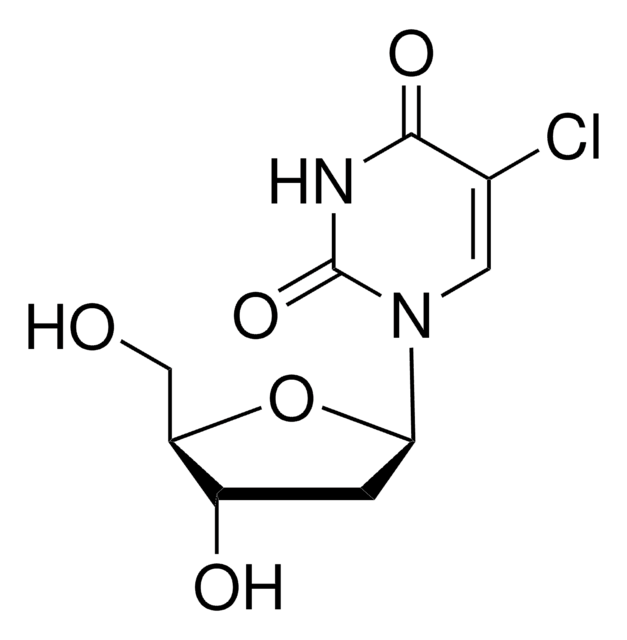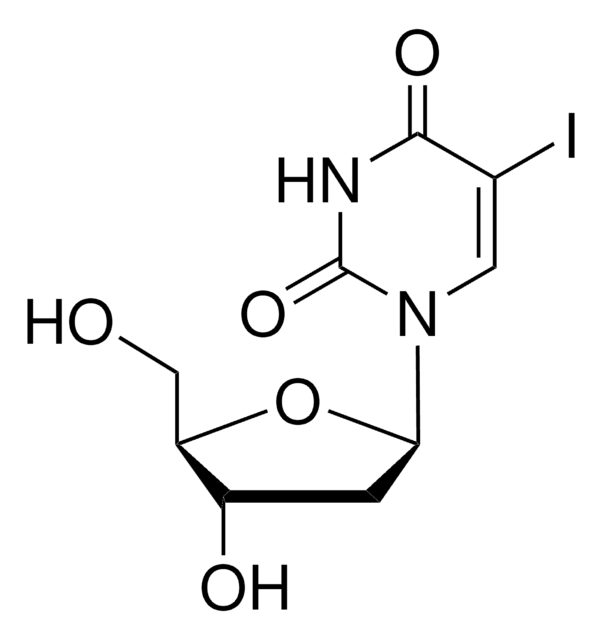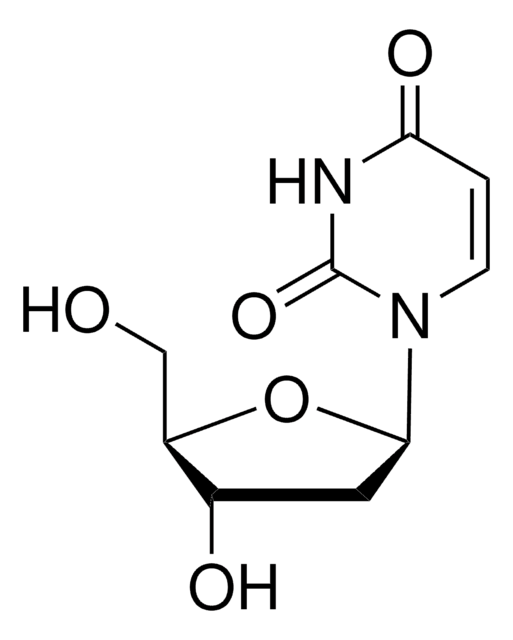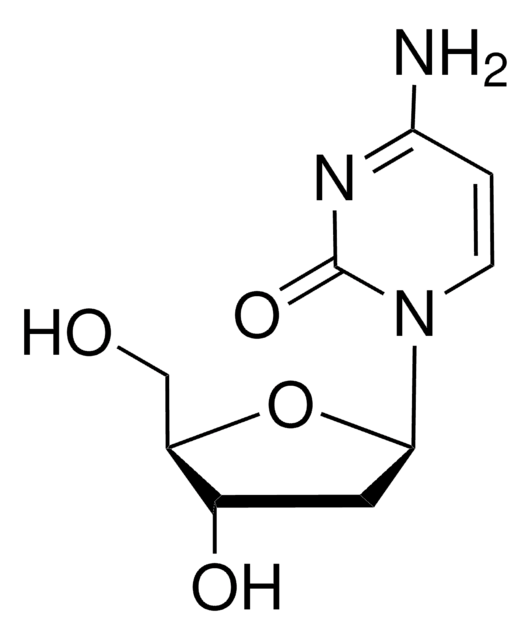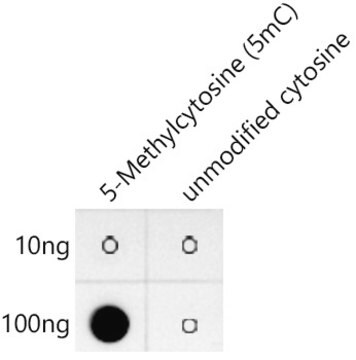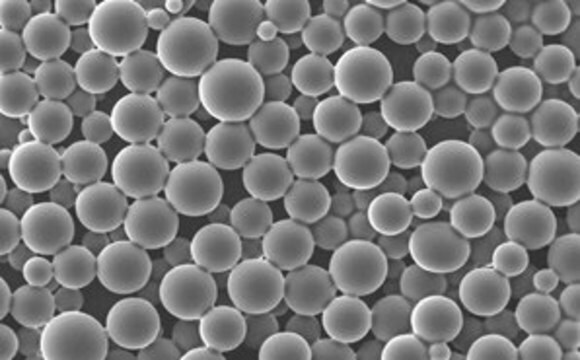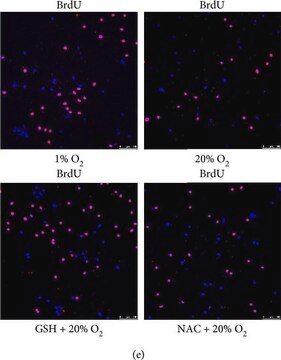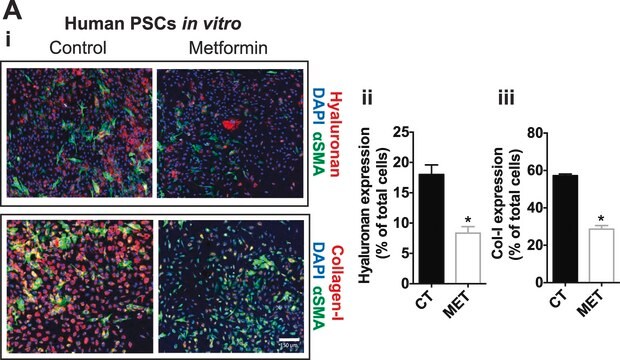C2181
Anti-Mouse IgG (whole molecule) F(ab′)2 fragment–Cy3 antibody produced in sheep
affinity isolated antibody, buffered aqueous solution
Sinônimo(s):
Cy3 Anti-Mouse IgG, Cy3 Mouse IgG, Sheep Anti-Mouse IgG
About This Item
Produtos recomendados
fonte biológica
sheep
conjugado
CY3 conjugate
forma do anticorpo
affinity isolated antibody
tipo de produto de anticorpo
secondary antibodies
clone
polyclonal
forma
buffered aqueous solution
reatividade de espécies
mouse
técnica(s)
immunohistochemistry (formalin-fixed, paraffin-embedded sections): 1:100
Condições de expedição
wet ice
temperatura de armazenamento
2-8°C
modificação pós-traducional do alvo
unmodified
Descrição geral
Aplicação
- in immunolabeling of Hela cells
- as secondary antibody in immunocytochemistry of dendritic cells
- as secondary antibody in immunofluorescence analysis of mesenchymal stem cells
- as secondary antibody in immunofluorescence staining keratinocyte cell lines
- in immunohistochemistry of articular cartilage
Ações bioquímicas/fisiológicas
Outras notas
forma física
Nota de preparo
Exoneração de responsabilidade
Não está encontrando o produto certo?
Experimente o nosso Ferramenta de seleção de produtos.
Código de classe de armazenamento
10 - Combustible liquids
Classe de risco de água (WGK)
nwg
Ponto de fulgor (°F)
Not applicable
Ponto de fulgor (°C)
Not applicable
Certificados de análise (COA)
Busque Certificados de análise (COA) digitando o Número do Lote do produto. Os números de lote e remessa podem ser encontrados no rótulo de um produto após a palavra “Lot” ou “Batch”.
Já possui este produto?
Encontre a documentação dos produtos que você adquiriu recentemente na biblioteca de documentos.
Os clientes também visualizaram
Nossa equipe de cientistas tem experiência em todas as áreas de pesquisa, incluindo Life Sciences, ciência de materiais, síntese química, cromatografia, química analítica e muitas outras.
Entre em contato com a assistência técnica